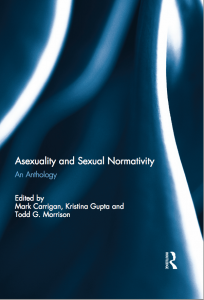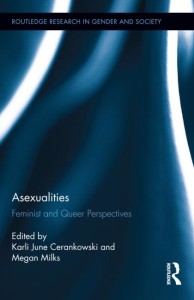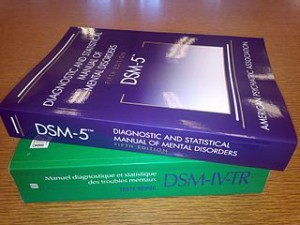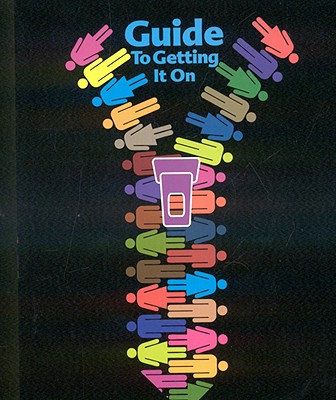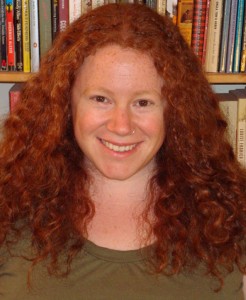Cross-posted with permission from the Neuroethics Blog.

Sara Freeman
Graduate Student
Department of Neuroscience
Emory University
In this post, I would like to highlight the work of another Emory graduate student, Sara Freeman. Just when Cyd Cipolla and I (in the Department of Women’s, Gender, and Sexuality Studies) were coming up with our plan to teach an interdisciplinary course bringing together gender studies and neuroscience, we found out that Sara (in the Neuroscience Graduate Program) was developing her own interdisciplinary course bringing together developmental biology and the sociology of gender.Sara’s course, which she is teaching this semester, is called “Intersex: Biology & Gender,” and is cross-listed in the departments of Biology, Sociology, and Women’s, Gender, and Sexuality Studies. “Intersex” is a general term used for a variety of conditions in which a person is born with physical reproductive or sexual characteristics that cannot be easily classified as male or female (for more information, visit the Intersex Society of North America or the American Psychological Association’s page on intersex). FYI: October 26th was Intersex Awareness Day! In Sara’s course, she is teaching about both the developmental biology of intersex in humans and the social, political, legal and ethical issues related to intersex.
I wanted to interview Sara about her course because I see her work as highly relevant to the field of Neuroethics. First, Neuroethics benefits from interdisciplinary collaboration between scientists (especially neuroscientists) and researchers in the social sciences and the humanities, and by including material from the sciences, social sciences, and humanities, and by bringing together students from all of these fields, Sara’s course is fostering exactly the kind of interdisciplinary collaboration that Neuroethics needs. Second, Sara’s course is encouraging her students to grapple with important neuroethical and bioethical questions, including ethical issues related to the medical treatment of intersex individuals (see Dreger for a review) and ethical issues related to the use of intersex individuals as research subjects in scientific studies on sex/gender development. Read on to find out more about Sara’s course!
Continue reading →
